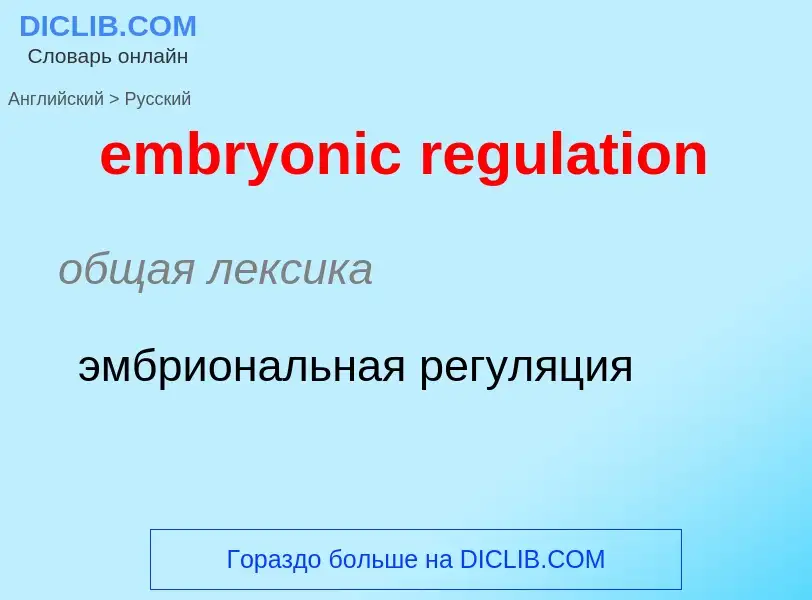Übersetzung und Analyse von Wörtern durch künstliche Intelligenz ChatGPT
Auf dieser Seite erhalten Sie eine detaillierte Analyse eines Wortes oder einer Phrase mithilfe der besten heute verfügbaren Technologie der künstlichen Intelligenz:
- wie das Wort verwendet wird
- Häufigkeit der Nutzung
- es wird häufiger in mündlicher oder schriftlicher Rede verwendet
- Wortübersetzungsoptionen
- Anwendungsbeispiele (mehrere Phrasen mit Übersetzung)
- Etymologie
embryonic regulation - Übersetzung nach russisch
общая лексика
эмбриональная регуляция
общая лексика
эмбриональная индукция
общая лексика
регуляторная цепь
Definition
Wikipedia
The regulation school (French: l'école de la régulation) is a group of writers in political economy and economics whose origins can be traced to France in the early 1970s, where economic instability and stagflation were rampant in the French economy. The term régulation was coined by Frenchman Destanne de Bernis, who aimed to use the approach as a systems theory to bring Marxian economic analysis up to date. These writers are influenced by structural Marxism, the Annales School, institutionalism, Karl Polanyi's substantivist approach, and theory of Charles Bettelheim, among others, and sought to present the emergence of new economic (and hence social) forms in terms of tensions within existing arrangements. Since they are interested in how historically specific systems of capital accumulation are "regularized" or stabilized, their approach is called the "regulation approach" or "regulation theory". Although this approach originated in Michel Aglietta's monograph A Theory of Capitalist Regulation: The US Experience (Verso, 1976) and was popularized by other Parisians such as Robert Boyer, its membership goes well beyond the so-called Parisian School, extending to the Grenoble School, the German School, the Amsterdam School, British radical geographers, the US Social Structure of Accumulation School, and the neo-Gramscian school, among others.






